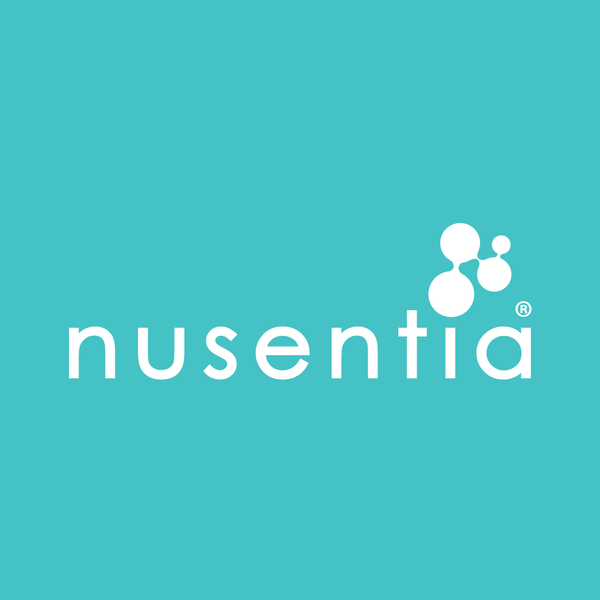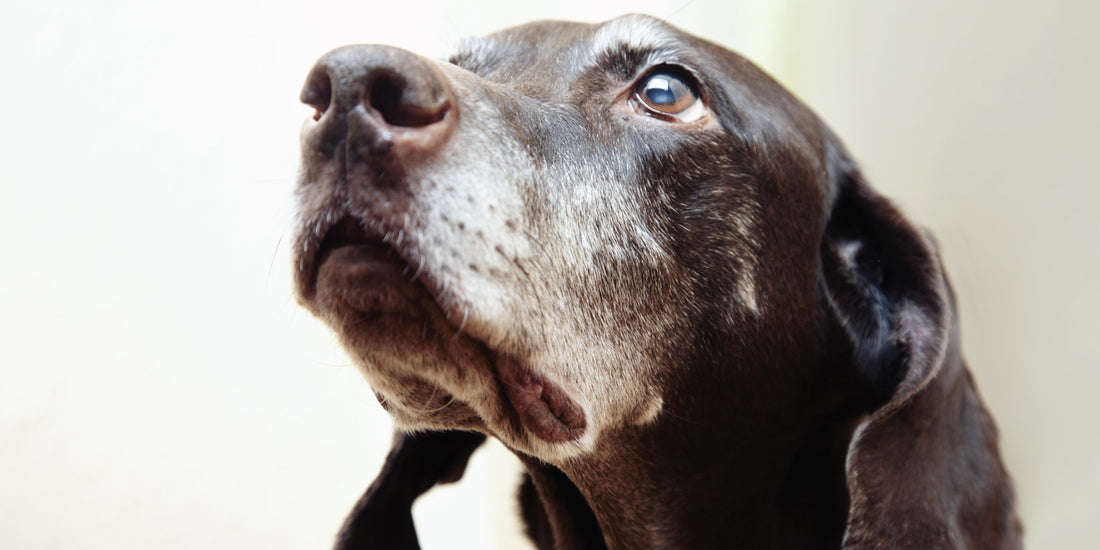Liver problems in dogs are a serious issue; and one where we proceed with caution. It is known that in the case of liver disease, if you can catch it early you can help the liver to heal itself. In this article we will attempt to provide some knowledge on recognizing the signs of liver problems in dogs, and how to support liver healing.
Damage to your dog's liver cells can often be reversed through nutrition.
Early Signs of Liver Problems in Dogs
Early signs of liver disease in dogs can be rather non-specific, and include:
- More frequent drinking and urination
- Loss of appetite
- Weight loss
- Vomiting
- Diarrhea (less common)
CAUSES
A number of diseases, chemicals, drugs, and toxins can damage the liver, including, but not limited to:
- Hepatitis
- Diabetes
- Tumors
- Insecticides
- Excessive or prolonged use of drugs such as:
- Antibiotics
- Antifungals
- Dewormers
- NSAIDs
- Some plants (ragweed, specific mushrooms,)
- Molds
WHAT HAPPENS
- In the early stages of liver disease the liver swells and enlarges.
- As the disease progresses, the liver cells die and are replaced by scar tissue
- When the percentage of cell die-off reaches 80% the liver can begin to fail
Signs of Liver Failure
- Jaundice: Look for a yellow appearance in the eyes, gums, and inside of the ears.
- Hepatic Encephalopathy (due to toxins): Look for sporadic weakness, loss of coordination, general stupor and mental dullness.
- Swollen or Bloated Abdomen
- Spontaneous Bleeding (usually in advanced cases); look in the stool, or if they vomit
What to Do If You Suspect Liver Damage
See your veterinarian. They will likely do a biopsy of the liver, but also may engage in a battery of tests and diagnostics.The prognosis for recovery depends on length and the extent of liver damage, and on the degree of intervention needed.
- Infectious diseases = treatment of the underlying condition.
- Drugs/Poisons = remove exposure reverses temporary symptoms
- Bile duct obstructions and some primary tumors = surgery.
- Supporting Liver Function = diet and supplementation
- This may involve feeding a special diet that is low in protein land that controls diet insufficiencies or imbalances (i.e. electrolytes)
- Supplements Especially SAM-e , Phosphatidylcholine, are useful in both restoring and maintaining normal liver function.
SAM-e and Liver Repair
The liver contains one of the highest naturally occurring amounts of SAMe in the body. SAM-e enzymes are known to be utilized in the regeneration of tissue by producing glutathione, which is the liver's preferred antioxidant. SAM-e also helps to normalize bile function and balances liver enzymes.
Phosphatidylcholine
Phosphatidylcholine is a vital substance that is in every cell of the body. Recent studies point to the many potential benefits of phosphatidylcholine for liver repair. It is lipotropic for the liver (meaning it decrease the amount of fat deposited there), and it maintains cell integrity.If you suspect your pet has liver damage it can be scary, but with early detection you can help your pet tremendously. Our hopes are that this article will equip you with the knowledge you need to be successful.
Cites and References
Lieber, Charles S. (2002). "S-adenosyl-L-methionine: its role in the treatment of liver disorders". The American journal of clinical nutrition 76 (5): 1183S7S Vendemiale, G.; Altomare, E.; Trizio, T.; Le Grazie, C.; Di Padova, C.; Salerno, M. T.; Carrieri, V.; Albano, O. (1989).
"Effects of Oral S-Adenosyl-l-Methionine on Hepatic Glutathione in Patients with Liver Disease". Scandinavian Journal of Gastroenterology 24 (4): 40715. Loguercio, C; Nardi, G; Argenzio, F; Aurilio, C; Petrone, E; Grella, A; Del Vecchio Blanco, C; Coltorti, M (1994).
"Effect of S-adenosyl-L-methionine administration on red blood cell cysteine and glutathione levels in alcoholic patients with and without liver disease". Alcohol and alcoholism (Oxford, Oxfordshire) 29 (5): 597604. J Anim Physiol Anim Nutr (Berl). 2013 Apr;97(2):331-41. doi: 10.1111/j.1439-0396.2012.01275.x.
Epub 2012 Feb 9. Hepatoprotective effects of S-adenosylmethionine and silybin on canine hepatocytes in vitro. Au AY, Hasenwinkel JM, Frondoza CG. Am J Vet Res. 2002 Aug;63(8):1187-97.
Liver glutathione concentrations in dogs and cats with naturally occurring liver disease. Center SA, Warner KL, Erb HN. Altern Med Rev. 2001 Sep;6 Suppl:S24-37.
Compromised hepatic detoxification in companion animals and its correction via nutritional supplementation and modified fasting. Nutrition. 2005 Jul-Aug;21(7-8):867-73.
Dietary phosphatidylcholine alleviates fatty liver induced by orotic acid. Buang Y, Wang YM, Cha JY, Nagao K, Yanagita T. Niebergall, LJ; Jacobs, RL; Chaba, T; Vance, DE (2011).
"Phosphatidylcholine protects against steatosis in mice but not non-alcoholic steatohepatitis". Biochimica et biophysica acta 1811 (12): 117785. doi:10.1016/j.bbalip.2011.06.021.
PMID 21745592. Tandy S, Phosphatidylcholine Supplementation Reduces Hepatic Lipid Levels in Mice. Nutrition and Metabolism Group, Heart Research Institute, Australia. (2010)


